To James David Forbes 11 October [1844]
Down near Bromley Kent
Oct. 11.
Sir
I venture to take the liberty of addressing you, knowing how much you are interested on the subject of your discovery on the zoned structure of glacier-ice.1 I have a specimen (from Mr. Stokes’ Collection) of Mexican obsidian,2 which judging from your description, must resemble to a considerable degree, the zoned ice. It is zoned with quite straight, parallel lines, like an agate, & these zones as far as I can see under the microscope, appear entirely due to the greater or lesser number of excessively minute flattened air-cavities. I cannot avoid suspecting that in this case, & in many others, in which lavas of the trachytic series (generally of very imperfect fluidity) are laminated in a very singular manner, that this structure is due to the stretching of the mass or stream during its movement, as in the ice-streams of glaciers.3
It has occurred to me, that you possibly might like to see the specimen of obsidian & some curious, most finely, laminated obsidians & trachytic rocks, which I collected at Ascension island. You would not of course, I presume, think it worth the expence of carriage to have the specimens sent to Edinburgh; but shd you at any time come to London, I should be proud, if you so like, to send them for your inspection. If the subject of the lamination of volcanic rocks should interest you, I would venture to ask you to refer to p. 65–72 of my small volume, “Geolog: Obser: on Volcanic Isld.” which would be in the Public Library.4 I there throw out the idea, that the structure in question may, perhaps, be explained by your views on the zoned structure of glacier-ice:5 the layers of less tension, I may add, being in the case of the Ascension Obsidian-rocks, rendered apparent chiefly by the crystalline & concretionary action superinduced in them, instead of as in your ice, by the congelation of water.6
I hope you will excuse, should you feel no interest in this subject, the liberty I take in writing to you, & I beg to remain, your obedient servant | Charles Darwin
Footnotes
Bibliography
Forbes, James David. 1844. Sixth letter on glaciers. Addressed to the Right Hon. Earl Cathcart. Edinburgh New Philosophical Journal 37: 231–44.
Volcanic islands: Geological observations on the volcanic islands, visited during the voyage of HMS Beagle, together with some brief notices on the geology of Australia and the Cape of Good Hope. Being the second part of the geology of the voyage of the Beagle, under the command of Capt. FitzRoy RN, during the years 1832 to 1836. By Charles Darwin. London: Smith, Elder & Co. 1844.
Summary
Discusses a specimen of Mexican obsidian with an unusual laminated structure.
Letter details
- Letter no.
- DCP-LETT-781
- From
- Charles Robert Darwin
- To
- James David Forbes
- Sent from
- Down
- Postmark
- 12 OC 12 1844
- Source of text
- University of St Andrews Special Collections (Papers of J. D. Forbes: msdep7 – Incoming letters 1844, no.57)
- Physical description
- ALS 2pp †
Please cite as
Darwin Correspondence Project, “Letter no. 781,” accessed on 26 September 2022, https://www.darwinproject.ac.uk/letter/?docId=letters/DCP-LETT-781.xml
Also published in The Correspondence of Charles Darwin, vol. 3


